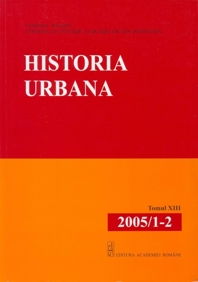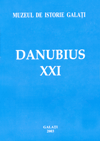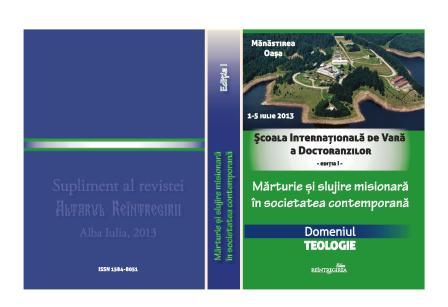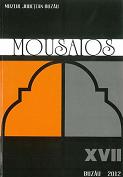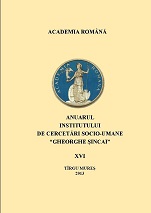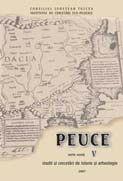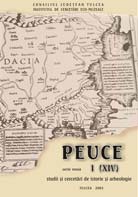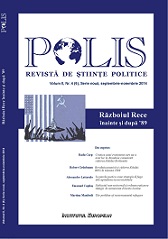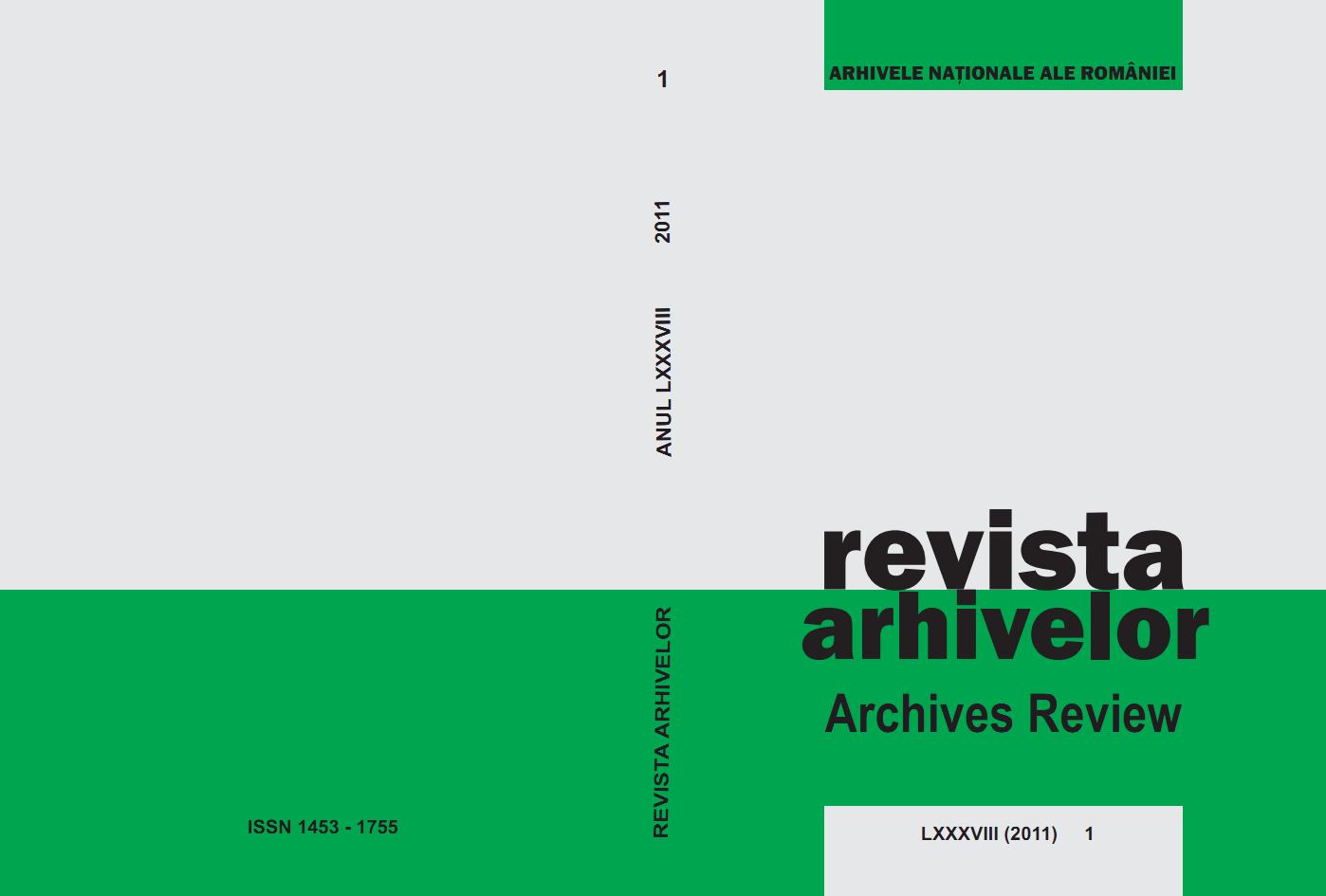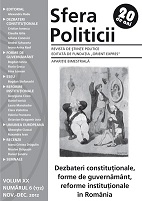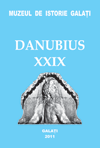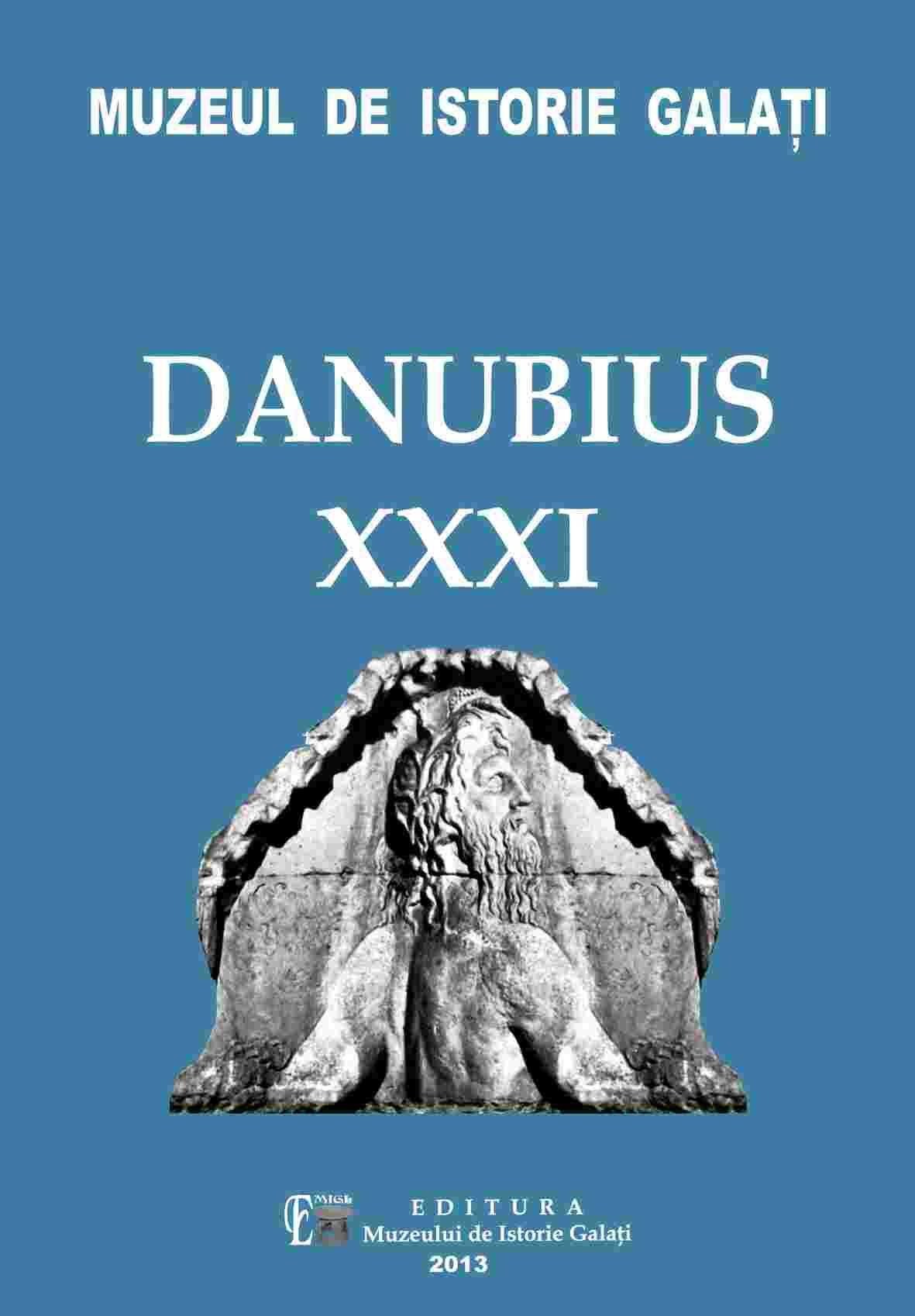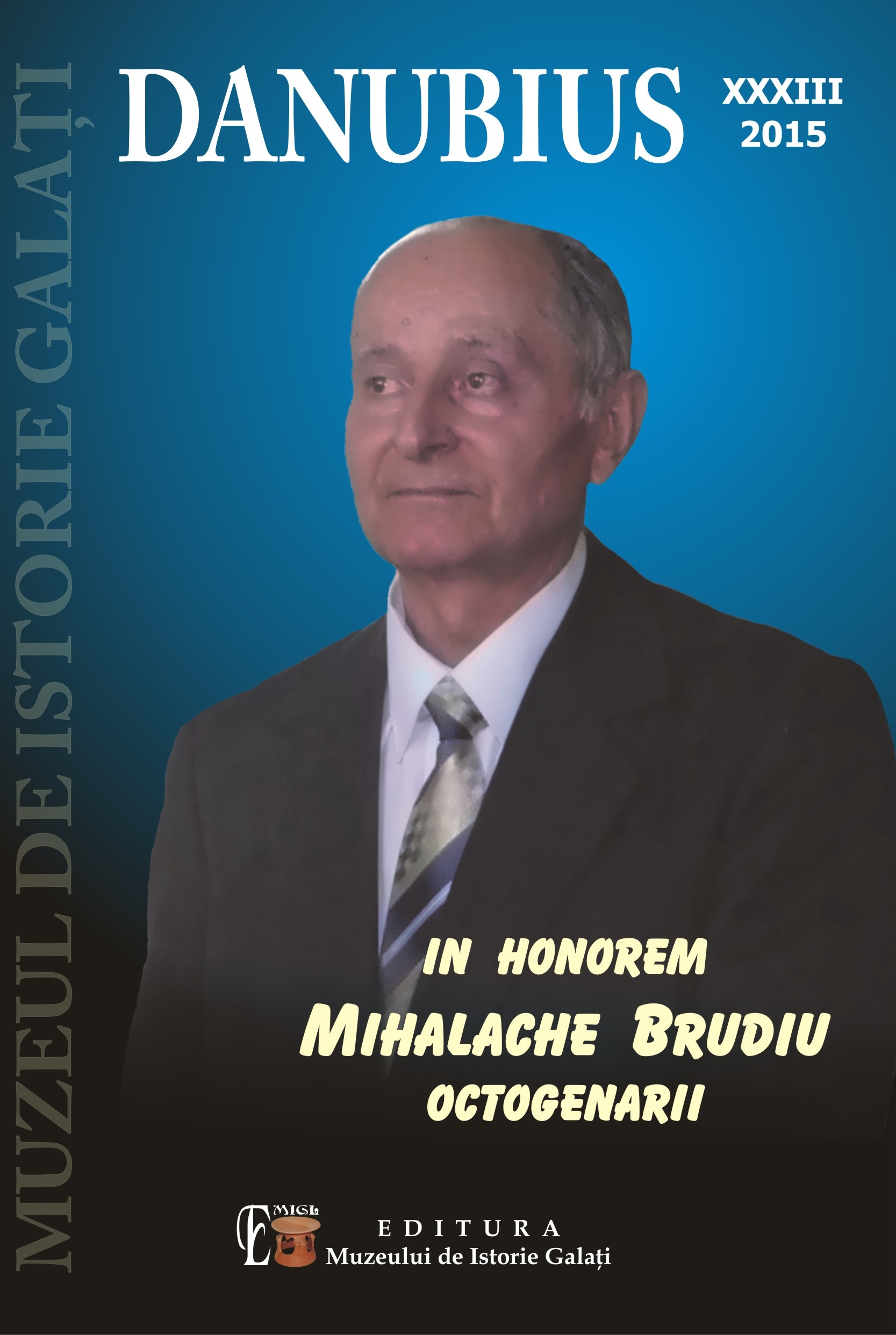Historical and Archaeological Realities on the Valley of the Siret River (IVth Century BC - 1st Century AD)
Author(s): Paul Ciobotaru / Language(s): English
/ Issue: 1/2011
Keywords: Hunt Papyrus; Ptolemy; fortified settlements; imports; Piroboridava; Bărboşi; Zargidava; Tamasidava
Valuable information regarding the settlements on Siret Valley are provided by the papyrologic and cartographic sources which, corroborated with the archaeological discoveries, led to the identification of the great Getae settlements.Hunt papyrus contains the text of a military document from the reign of Emperor Trajan; it mentions that arrays from Cohors I Hispanorum veterana quingenaria were sent at Piroboridava and Buridava for actions and defence. The geographical information regarding Moldova from the time of the Getae generally come from the writings of the Alexandrine geographer Ptolemy. He mentions several names of Getic settlements (Zargidava, Tamasidava and Piroboridava) located near Hierasos River, identified with Siret River. Comparing Ptolemy’s test with the archaeological discoveries, we can state that the three davae spread on the left bank of Siret and can be dated to the Ist century AD. The discovery of the settlements of Poiana, Brad and Răcătău confers authority to Ptolemy’s text and invalidates, at the same time, his geographical coordinates regarding their position.
The systematic research of certain Getic settlements, identified ever since the XIXth century or discovered in the second half of the XXth century, revealed important data regarding the spread and lifestyle of the Getic tribes on the extra-Carpathian territory. The oldest Getic citadels of Moldova, fitted with fortification elements specific to the epoch, date to the first half of the 1st millennium BC. In the last two centuries before the Common Era, we find the development of certain intensely inhabited settlements, named dava by the Getae and polis by the Greeks. Fortified with ramparts, palisades and trenches, in the old tradition of the Bronze Age and of the first Iron Age, they would flourish under Burebista and Decebalus. The configuration of the land on which they were placed would offer a good natural defence to those citadels. Generally, they occupied a cape, being shielded by steep slopes on three sides; in spite of these, the entire citadel or only its vulnerable pats were protected by certain elements of fortification. These fortified heights of Moldova were refuges where people sought shelter in times of strife. The tools discovered in these citadels, the metallurgy traces and the ceramics kilns represent conclusive proofs that these citadels were also small craftsmen centres with workshops populated by the local artisans. The citadels from Poiana, Brad and even Bărboşi were true economic centres, aspect also due to the fact that they were located on Siret Valley.
Apart from the great settlements, adjacent necropolises were also found. Thus, we encounter the tumular necropolises of Poiana, Brad and Răcătău, the plain necropolises from Şendreni? and Cândeşti, as well as the isolated tombs discovered by chance at Galaţi, Răcătău and Brad. Many of these tombs belong to Greek rulers, to the rich or to those holding important positions.
More...

